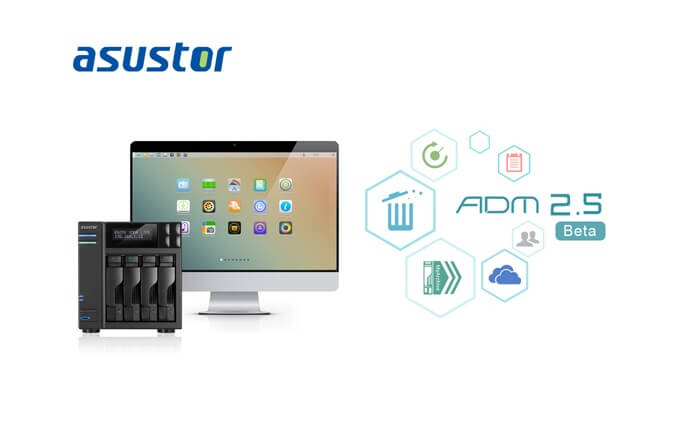|
Introduction: Gesture recognition technology has revolutionized human-computer interaction by enabling users to interact with devices through natural hand and body movements. This technology has gained significant attention in recent years due to its potential applications in various fields, including gaming, virtual reality, robotics, healthcare, and more. In this article, we will explore the advancements in gesture recognition technology and its impact on enhancing user experiences. Understanding Gesture Recognition: Gesture recognition is a process of interpreting human gestures and movements to control electronic devices or perform specific actions. It involves capturing, analyzing, and interpreting motion patterns using computer vision, depth sensing, and machine learning algorithms. By recognizing gestures, devices can understand user intentions without the need for traditional input devices like keyboards or mouse. Evolution of Gesture Recognition Technology: Gesture recognition technology has evolved significantly over the years, driven by advancements in computer vision and machine learning techniques. Initially, basic gestures like swiping, pinching, and rotating were recognized, but now it has progressed to recognize complex 3D gestures, facial expressions, and even subtle hand movements. Techniques Used in Gesture Recognition: a. Computer Vision: Computer vision techniques play a vital role in capturing and analyzing gestures. It involves extracting features from video inputs and mapping them to predefined gestures using algorithms like Haar cascades, neural networks, and deep learning models. b. Depth Sensing: Depth sensing technologies, such as time-of-flight cameras or structured light sensors, provide additional depth information along with RGB data. This allows for more accurate tracking of hand and body movements in three-dimensional space. c. Machine Learning: Machine learning algorithms are employed to train gesture recognition models using large datasets. Techniques like convolutional neural networks (CNNs), recurrent neural networks (RNNs), and support vector machines (SVMs) have been successfully applied to recognize and classify gestures. Applications of Gesture Recognition: Gesture recognition technology has found diverse applications across various industries: a. Gaming: In the gaming industry, gesture recognition enables intuitive control and immersive experiences. Players can perform actions like throwing, punching, or swinging by mimicking real-life movements. b. Virtual Reality (VR): Gesture recognition enhances user interactions in VR environments. Users can manipulate virtual objects, navigate menus, and interact with virtual characters through natural hand movements. c. Robotics: Gesture recognition allows robots to understand human commands and gestures, enabling seamless human-robot interactions. This finds applications in areas like healthcare, manufacturing, and home automation. d. Healthcare: Gesture recognition is used in rehabilitation and assistive technologies to help individuals with disabilities regain mobility and control over their environment. e. Automotive: Gesture recognition can enhance driver safety by allowing control of in-car systems without taking hands off the steering wheel or eyes off the road. Challenges and Future Directions: While gesture recognition technology has made significant strides, there are challenges that researchers and developers continue to address. These include robustness to variations in lighting conditions, occlusions, and individual hand/body shapes. Additionally, improving real-time performance and accuracy remains an ongoing focus. The future of gesture recognition holds great promise. Advancements in hardware, such as more accurate depth sensors and wearable devices, combined with advancements in machine learning algorithms, will further enhance gesture recognition capabilities. This technology will continue to shape how we interact with computers, devices, and even our surroundings, making our interactions more natural and intuitive than ever before. Conclusion: Gesture recognition technology has opened up new horizons in human-computer interaction, enabling users to interact with devices using natural gestures and movements. With its wide range of applications across various industries, it has the potential to transform the way we interact with technology in the future. As research and development in this field continue to progress, we can expect even more exciting advancements and applications in the coming years.  |
